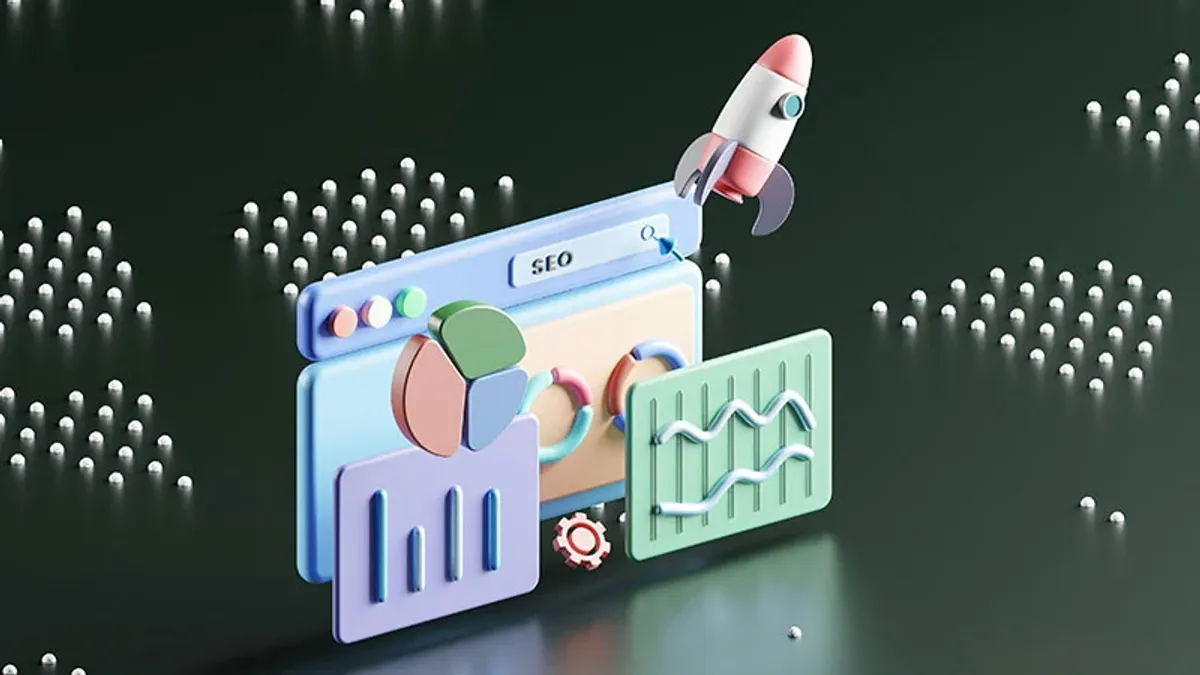Tools
Optimize Your SVGs for Web Performance with Our New Tool

Vibeus Moonscript
April 13, 2025

SVG (Scalable Vector Graphics) has become the format of choice for icons, logos, and illustrations on the web, and for good reason. SVGs are resolution-independent, typically smaller than raster images, and can be styled and animated with CSS. However, SVG files often contain unnecessary data that bloats file size and impacts performance.
Today, I’m excited to introduce our newest addition to the DevBottle toolkit: the SVG Optimizer.
Why Optimize SVGs?
SVG files created in design tools like Adobe Illustrator, Figma, or Inkscape often contain metadata, comments, and other non-essential information that increases file size without adding visual value. This extra data can:
- Increase page load times
- Consume more bandwidth
- Negatively impact Core Web Vitals metrics
- Create larger bundle sizes in your applications
Our internal tests have shown that optimizing SVGs can reduce file sizes by 30-70% without any visual difference – a significant improvement for web performance.
Introducing the SVG Optimizer
Our SVG Optimizer tool is designed to clean and optimize your SVG files with just a few clicks. Here’s what it can do:
1. ViewBox Cleaner
The viewBox attribute defines the position and dimension of an SVG. Our tool:
- Normalizes and cleans up viewBox values
- Creates a viewBox if one doesn’t exist but width and height are present
- Ensures proper formatting for better browser compatibility
2. Metadata Stripper
Design tools add various metadata to SVG files that aren’t needed for web display:
- Removes editor-specific information (Illustrator, Inkscape, etc.)
- Strips out XML processing instructions
- Removes comments and non-essential attributes
- Cleans up namespace declarations
3. File Size Comparator
See the impact of your optimizations in real-time:
- View the original file size
- See the optimized file size
- Calculate the percentage savings
- Compare before and after versions
Advanced Optimization Options
Beyond the core features, our SVG Optimizer offers several advanced options to further reduce file size and improve compatibility:
Remove Hidden Elements
Many SVGs contain invisible elements that add to file size but don’t contribute to the visual output:
- Elements with
display: noneorvisibility: hidden - Elements with zero opacity
- Empty groups and containers
Precision Control
Numbers in SVG files often have unnecessary decimal places:
- Round numeric values to a specified precision
- Reduce file size while maintaining visual quality
- Control the level of precision based on your needs
Color Optimization
Colors in SVGs can be represented in various formats:
- Convert named colors to hex format
- Standardize RGB values to hex
- Optimize color declarations for smaller file size
Real-World Example
Let’s look at a real example of how our SVG Optimizer can improve file size:
| Metric | Original SVG | Optimized SVG | Improvement |
|---|---|---|---|
| File Size | 5.2 KB | 1.8 KB | 65% reduction |
| Lines of Code | 87 | 32 | 63% reduction |
| HTTP Transfer Size | 1.7 KB | 0.9 KB | 47% reduction |
This optimization was achieved on a logo SVG exported from Illustrator, with no visual difference between the original and optimized versions.
How to Use the SVG Optimizer
Using our tool is straightforward:
- Paste your SVG code into the input area
- Select your optimization options
- Click “Optimize SVG”
- View the results and file size comparison
- Copy the optimized SVG or download it
The tool works entirely in your browser – your SVG data never leaves your computer, ensuring privacy and security.
Best Practices for SVG Optimization
While our tool automates the optimization process, here are some best practices to keep in mind:
- Always keep a backup of your original SVG files
- Test optimized SVGs in different browsers to ensure compatibility
- Be cautious with animations – some optimizations might affect CSS animations
- Check for ID changes if your SVG uses IDs for CSS styling or JavaScript interactions
- Consider your audience – you might want to preserve some metadata for accessibility
Integration with Development Workflows
Our SVG Optimizer can be easily incorporated into your development workflow:
- Design handoff: Optimize SVGs received from designers before implementation
- Build process: Use the optimized SVGs in your web projects
- Performance audits: Identify and optimize SVGs as part of performance improvements
- Content management: Optimize SVGs before uploading to your CMS
- And more: Discover additional workflows as you integrate the tool
Try It Today
We’re excited to see how the SVG Optimizer helps improve your web projects. Visit our tools page to try it out today, and let us know how it works for you!
If you have suggestions for improvements or additional features, we’d love to hear from you. Our goal is to create tools that genuinely make your development work easier and more efficient.
What other optimization tools would you like to see us develop? Contact us with your ideas.
Related Articles
API Tester: A Developer's Swiss Army Knife for API Testing and Debugging
Introducing our new API Tester tool - a powerful, intuitive interface for testing and debugging API endpoints. Send requests, inspect responses, and streamline your API development workflow.
Boost Your SEO with DevBottle's New Tools
Introducing two powerful new tools to enhance your website's SEO: Meta Tag Preview and Schema Generator. Learn how these tools can help improve your site's visibility in search engines and social media.